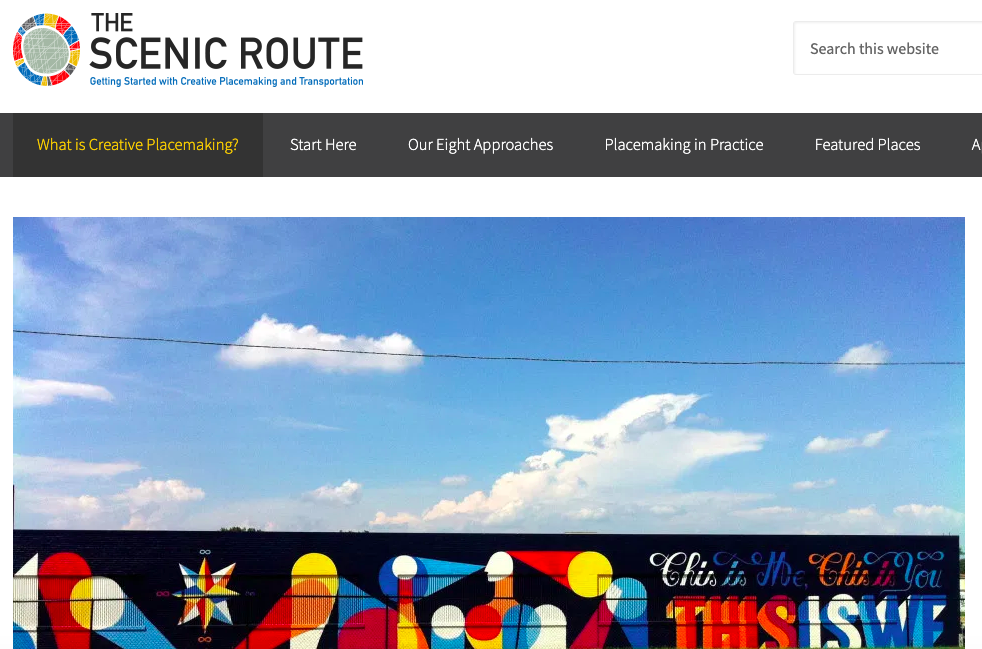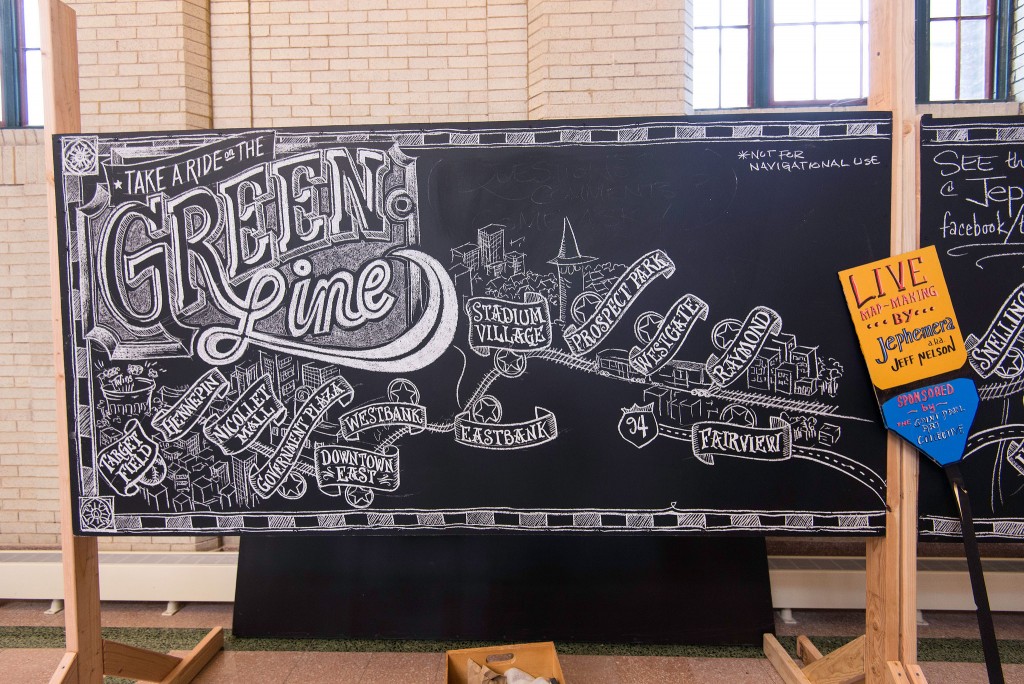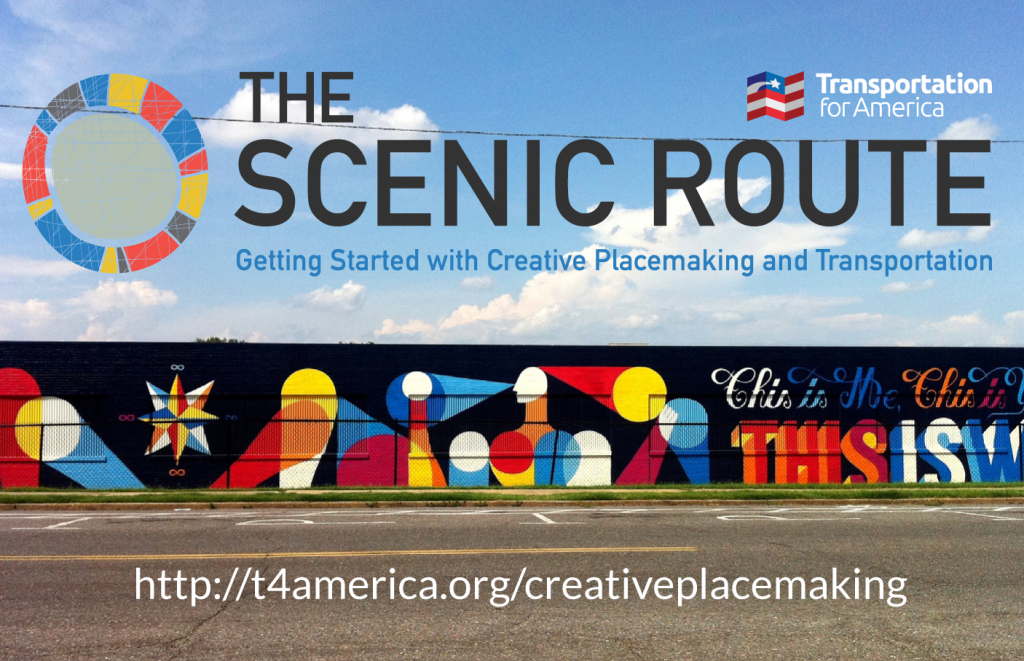
Creative placemaking in practice in the Twin Cities

The Scenic Route is T4America’s primer on creative placemaking in transportation. But what does creative placemaking look like in practice? We can see the evolution of this approach, and the potential benefits from it, in the recent experience of the Twin Cities of Minneapolis and St. Paul.

Have you browsed our new guidebook to creative placemaking yet? Visit http://creativeplacemaking.t4america.org
In the early 2000’s, Minneapolis built their first light rail line, now called the Blue Line. A comprehensive public art process during the planning and construction of the Blue Line resulted in unique station designs that reflected local histories, but that uniqueness and community participation seemed to end at the station. Community leaders saw missed opportunities to strengthen their neighborhoods. Regional leaders saw missed opportunities to tap the transformative potential of transit-oriented-development (TOD).
The region followed a different approach in building the Green Line connecting Minneapolis to downtown St. Paul.
Vowing to be neither top-down nor laissez-faire about what kind of development and other changes would occur, city leaders and planners took risks to develop unprecedented partnerships with funders, neighborhood organizations, artists, and cultural groups well ahead of the groundbreaking. Their goal was community-led transformation that would help existing businesses thrive during and beyond construction, create new economic opportunities for residents, and preserve the neighborhoods’ unique cultural characters and institutions.

Photo courtesy of the Central Corridor Funders Collaborative
Civic groups held visioning sessions to determine what the community wanted to see. Creative events helped businesses stay afloat during construction. Community organizers ensured the line would serve all communities, and local governments worked with artists to develop robust civic arts programming at the opening. Not only was the line built without the acrimony of previous projects, but dozens of artists and community collaborators participated in hundreds of initiatives large and small that have left a powerful civic legacy.
Placemaking that includes artists, cultural institutions and community creativity offers new ways to take advantage of these kinds of transformative investments and the associated planning processes to engage, elevate, and empower affected communities.
It can lead not only to a better, more inclusive process, but also to better projects that better serve the community.
Visit The Scenic Route to read a much more detailed version of the Twin Cities’ story of success and check out some fresh templates for bringing local creativity and culture into your work.

Photo courtesy of the Central Corridor Funders Collaborative



